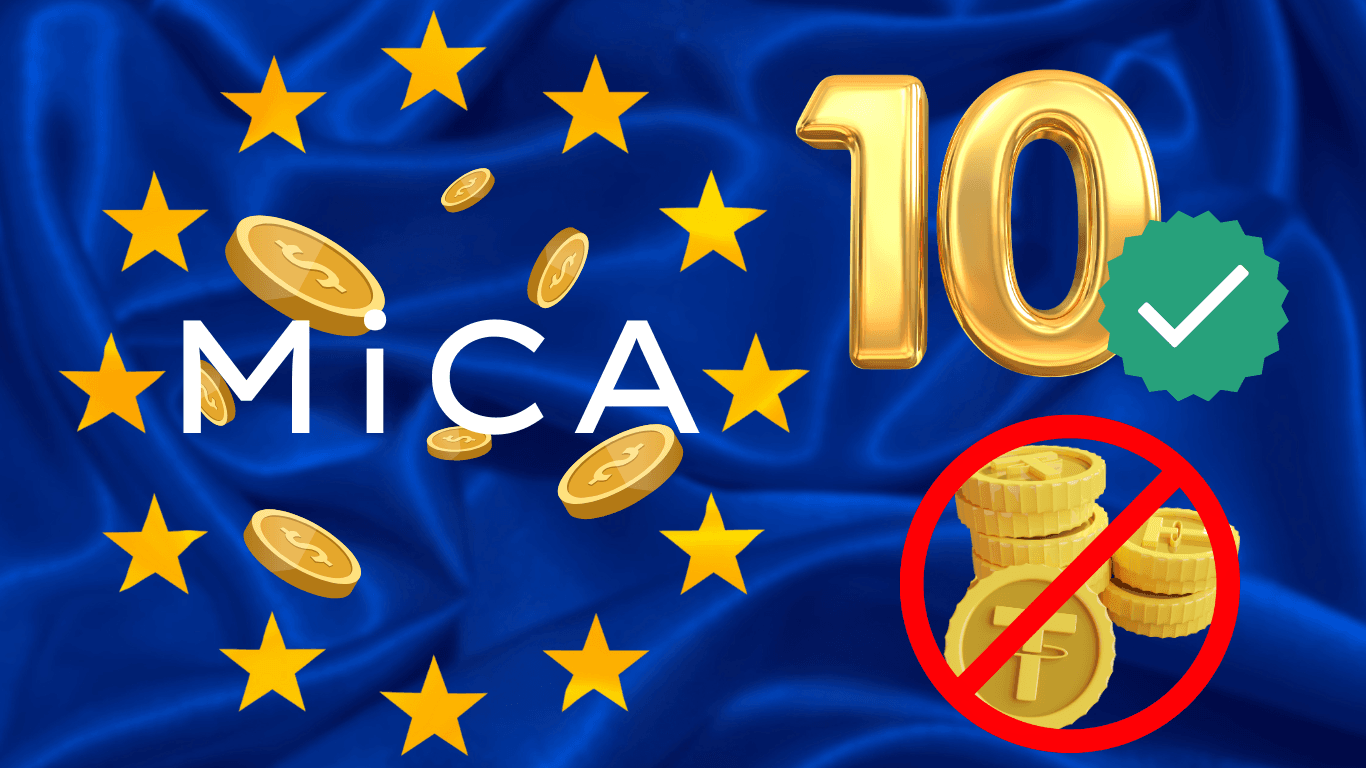The European Union’s Decision on Stablecoin Regulation: Implications for the Future
The European Union (EU) has recently made headlines by approving ten stablecoin issuers under its Markets in Crypto-Assets (MiCA) regulations. This decision marks a significant step forward in the regulation of digital currencies within the EU, yet it has left many questioning the implications for the future of stablecoin regulation and market dynamics.
Approved Stablecoin Issuers
The ten approved stablecoin issuers include heavyweights such as Binance, Circle, and Coinbase. These companies have been given the green light to issue stablecoins backed by assets like the Euro, US Dollar, and other currencies, subject to certain regulatory conditions.
Tether’s USDT Excluded
Notably absent from the list is Tether’s USDT, the largest stablecoin by market capitalization. The reasons for its exclusion are not yet clear, but speculation suggests it may be due to regulatory concerns regarding Tether’s transparency and reserve disclosures.
Implications for the EU
The EU’s decision to regulate stablecoins under MiCA is expected to bring greater transparency, security, and investor protection to the European digital asset market. It also positions the EU as a global leader in digital asset regulation, attracting businesses and innovation to the region.
Impact on Market Dynamics
The approval of these stablecoin issuers could lead to increased competition in the European market, potentially driving down fees and increasing accessibility for consumers. However, it could also result in market fragmentation, as stablecoins issued under different regulatory frameworks may not be interoperable.
Effects on Users
For users, the EU’s decision could lead to a more regulated and secure stablecoin market, providing greater confidence in the digital assets they use. However, it may also result in additional regulatory hurdles and potential restrictions for some users, depending on their jurisdiction.
Effects on the World
The EU’s decision is likely to have a ripple effect on stablecoin regulation worldwide. Other jurisdictions may follow suit, leading to a more coordinated global approach to stablecoin regulation. This could help to reduce regulatory uncertainty and promote greater market stability.
Conclusion
The EU’s approval of ten stablecoin issuers under MiCA regulations represents a significant step forward in the regulation of digital currencies within the EU. While the exclusion of Tether’s USDT raises questions, the decision is expected to bring greater transparency, security, and investor protection to the European digital asset market. The implications for market dynamics, users, and the world are far-reaching, and we will continue to monitor developments in this space closely.
- The EU has approved ten stablecoin issuers under its MiCA regulations.
- Notable absentees include Tether’s USDT.
- The decision is expected to bring greater transparency, security, and investor protection to the European digital asset market.
- The implications for market dynamics, users, and the world are significant and far-reaching.





